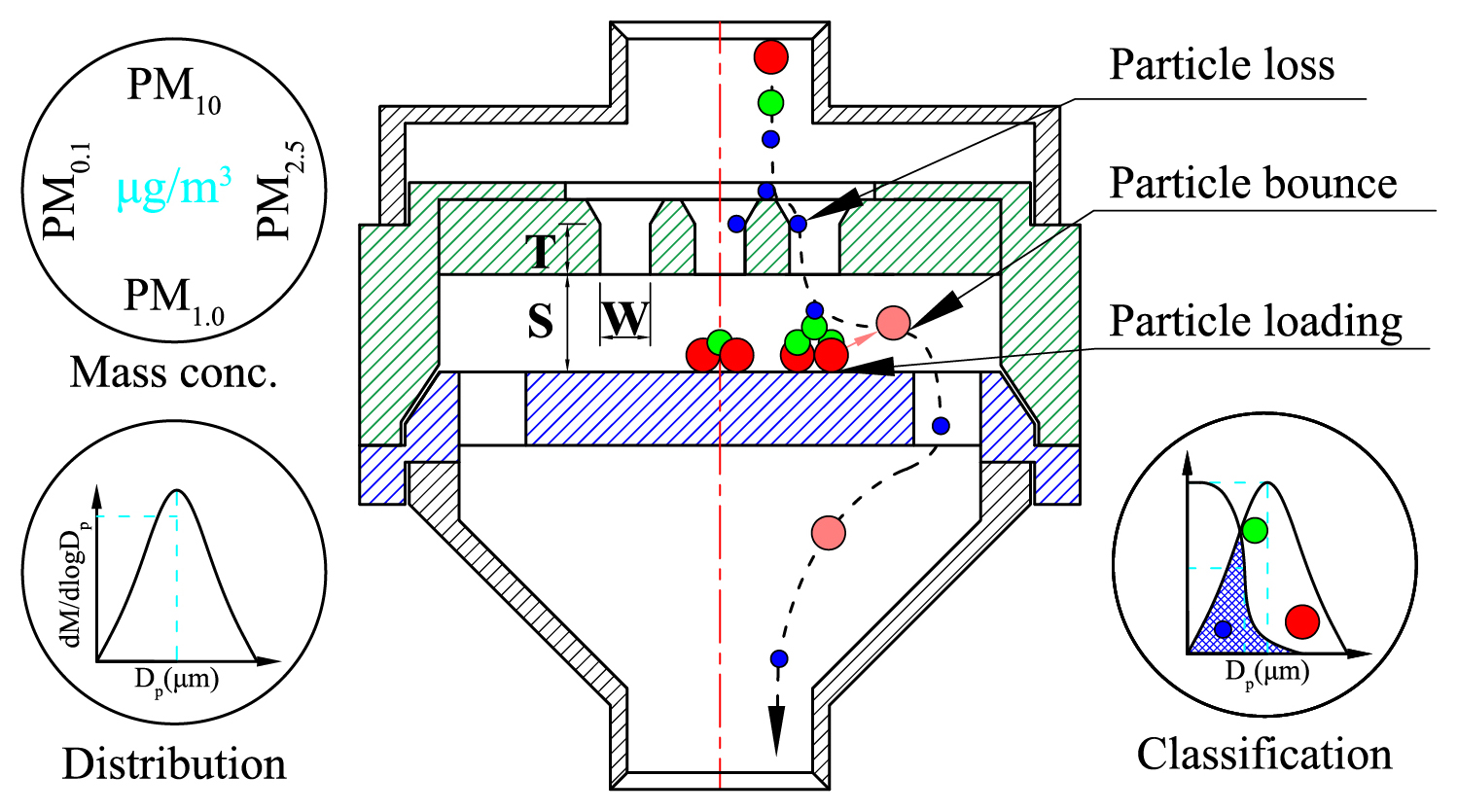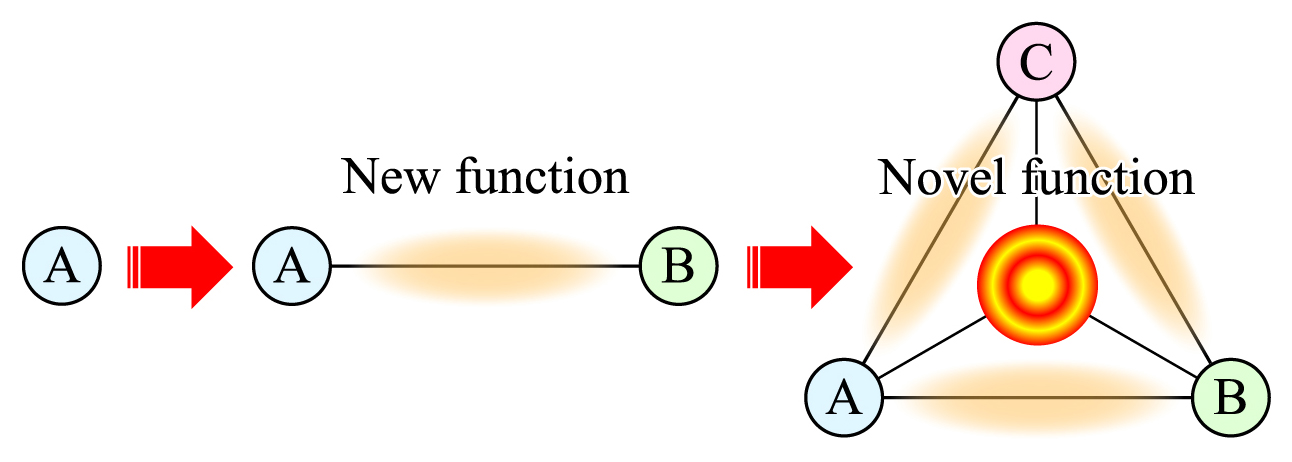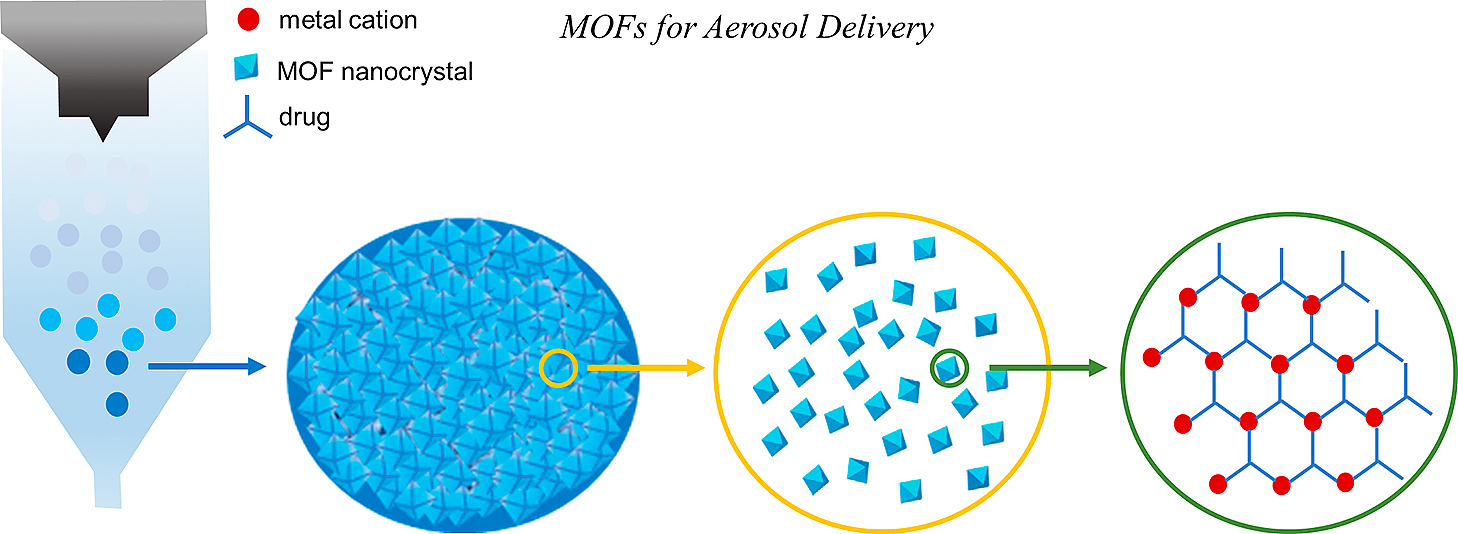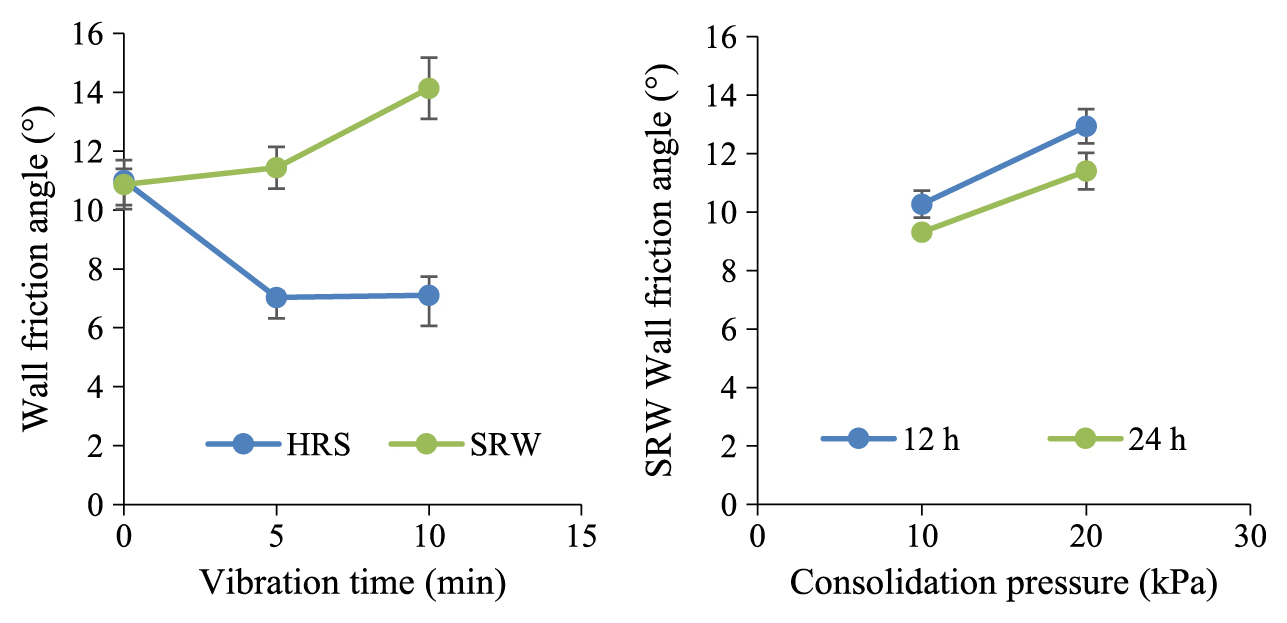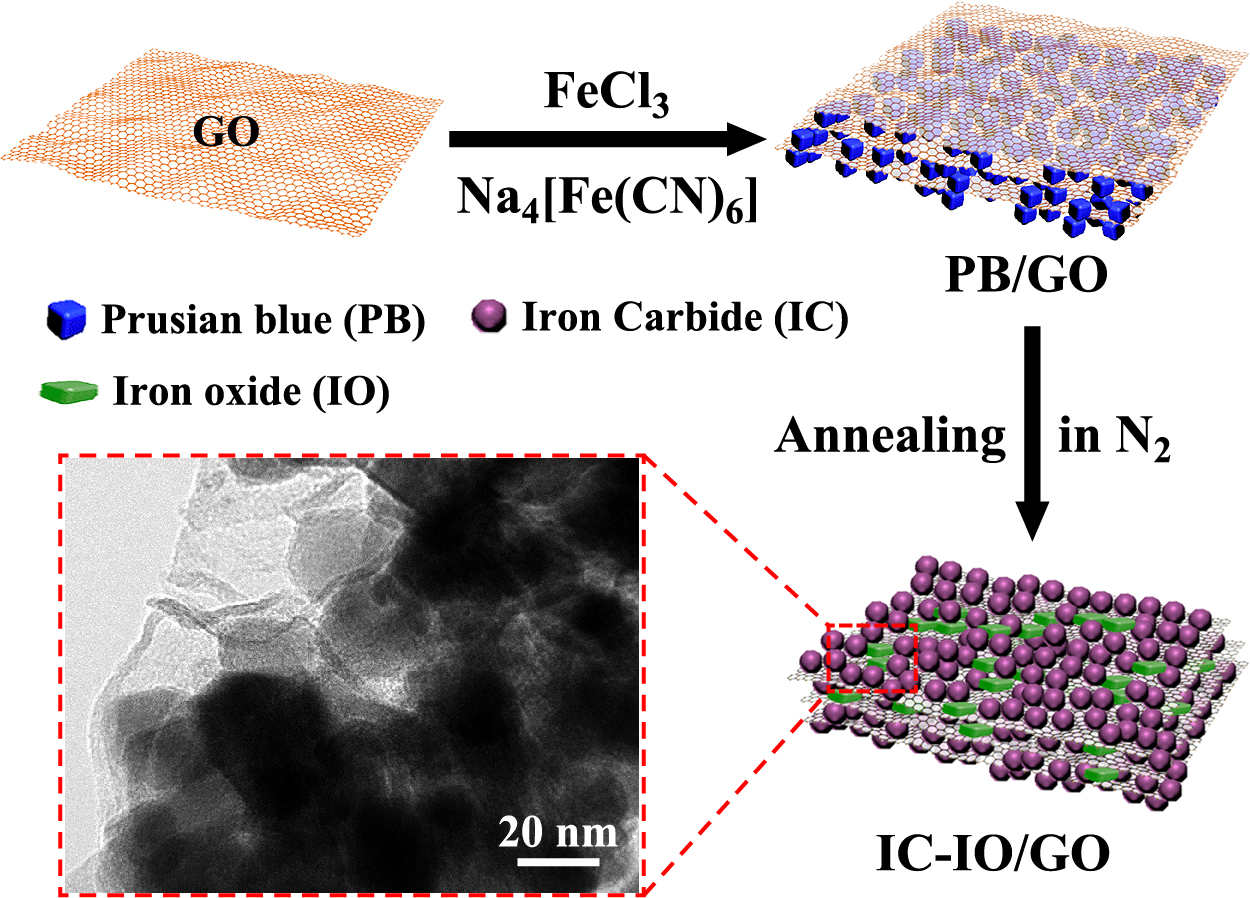- |<
- <
- 1
- >
- >|
-
2021Volume 38 Pages Cover38_1
Published: January 10, 2021
Released on J-STAGE: February 28, 2021
Download PDF (7954K) Full view HTML -
2021Volume 38 Pages EdBrd38_1
Published: January 10, 2021
Released on J-STAGE: February 28, 2021
Download PDF (3462K) Full view HTML
-
2021Volume 38 Pages i-v
Published: January 10, 2021
Released on J-STAGE: February 28, 2021
Download PDF (7396K) Full view HTML
-
2021Volume 38 Pages vi
Published: January 10, 2021
Released on J-STAGE: February 28, 2021
Download PDF (1615K) Full view HTML -
2021Volume 38 Pages 1-2
Published: January 10, 2021
Released on J-STAGE: February 28, 2021
Download PDF (1958K) Full view HTML
-
2021Volume 38 Pages 3-25
Published: January 10, 2021
Released on J-STAGE: February 28, 2021
Advance online publication: September 26, 2020Download PDF (4861K) Full view HTML -
2021Volume 38 Pages 26-41
Published: January 10, 2021
Released on J-STAGE: February 28, 2021
Advance online publication: September 19, 2020Download PDF (4195K) Full view HTML -
 2021Volume 38 Pages 42-63
2021Volume 38 Pages 42-63
Published: January 10, 2021
Released on J-STAGE: February 28, 2021
Advance online publication: March 31, 2020Editor's pickThe inertial impaction technique is applied extensively for particulate matter classification and understanding the characteristics of inertial impactors is important for designing a good classifier. This article reviewed and synthesized the knowledge of the design and improvement of inertial impactors for long-term use without frequent maintenance needs. The applications of the inertial impactors for personal exposure measurement, particulate matter control and potential power classification at very high concentrations with the cutoff diameter down to submicron even nanometer sizes were addressed.
Download PDF (2537K) Full view HTML -
2021Volume 38 Pages 64-81
Published: January 10, 2021
Released on J-STAGE: February 28, 2021
Advance online publication: April 29, 2020Download PDF (7284K) Full view HTML -
2021Volume 38 Pages 82-93
Published: January 10, 2021
Released on J-STAGE: February 28, 2021
Advance online publication: September 05, 2020Download PDF (6500K) Full view HTML -
2021Volume 38 Pages 94-109
Published: January 10, 2021
Released on J-STAGE: February 28, 2021
Advance online publication: November 02, 2019Download PDF (9121K) Full view HTML -
2021Volume 38 Pages 110-121
Published: January 10, 2021
Released on J-STAGE: February 28, 2021
Advance online publication: April 29, 2020Download PDF (4845K) Full view HTML -
2021Volume 38 Pages 122-135
Published: January 10, 2021
Released on J-STAGE: February 28, 2021
Advance online publication: April 29, 2020Download PDF (3750K) Full view HTML -
2021Volume 38 Pages 136-154
Published: January 10, 2021
Released on J-STAGE: February 28, 2021
Advance online publication: August 21, 2020Download PDF (9315K) Full view HTML -
2021Volume 38 Pages 155-167
Published: January 10, 2021
Released on J-STAGE: February 28, 2021
Advance online publication: July 17, 2020Download PDF (6840K) Full view HTML -
2021Volume 38 Pages 168-188
Published: January 10, 2021
Released on J-STAGE: February 28, 2021
Advance online publication: March 31, 2020Download PDF (18946K) Full view HTML -
 2021Volume 38 Pages 189-208
2021Volume 38 Pages 189-208
Published: January 10, 2021
Released on J-STAGE: February 28, 2021
Advance online publication: March 31, 2020Editor's pickIncreasing renewable energy storage and boosting CO2 capture systems are considered two key routes within the near-future energy scenario. The calcium looping (CaL) process, based on limestone as (cheap) raw material, is a flexible technology that can operate under both routes simply by modifying its operation conditions, namely, reactor gas composition, temperature, pressure, and particle size. As a post-combustion CO2 capture system, the CaL process (TRL7) could capture CO2 on a large scale with an energy consumption lower than 3MJ/kg CO2. As a thermochemical energy storage system (TRL 5), thermal-to-electric efficiencies above 45% could be reached in fully dispatchable renewable plants.
Download PDF (7175K) Full view HTML
-
2021Volume 38 Pages 209-225
Published: January 10, 2021
Released on J-STAGE: February 28, 2021
Advance online publication: August 29, 2020Download PDF (8958K) Full view HTML -
2021Volume 38 Pages 226-234
Published: January 10, 2021
Released on J-STAGE: February 28, 2021
Advance online publication: April 29, 2020Download PDF (3329K) Full view HTML -
2021Volume 38 Pages 235-250
Published: January 10, 2021
Released on J-STAGE: February 28, 2021
Advance online publication: May 30, 2020Download PDF (9650K) Full view HTML -
2021Volume 38 Pages 251-259
Published: January 10, 2021
Released on J-STAGE: February 28, 2021
Advance online publication: November 02, 2019Download PDF (7940K) Full view HTML -
2021Volume 38 Pages 260-268
Published: January 10, 2021
Released on J-STAGE: February 28, 2021
Advance online publication: August 29, 2020Download PDF (11840K) Full view HTML -
2021Volume 38 Pages 269-280
Published: January 10, 2021
Released on J-STAGE: February 28, 2021
Advance online publication: July 17, 2020Download PDF (6268K) Full view HTML
-
2021Volume 38 Pages 281-284
Published: January 10, 2021
Released on J-STAGE: February 28, 2021
Download PDF (2544K) Full view HTML -
2021Volume 38 Pages 285-286
Published: January 10, 2021
Released on J-STAGE: February 28, 2021
Download PDF (10315K) Full view HTML -
2021Volume 38 Pages 287
Published: January 10, 2021
Released on J-STAGE: February 28, 2021
Download PDF (853K) Full view HTML -
2021Volume 38 Pages 288
Published: January 10, 2021
Released on J-STAGE: February 28, 2021
Download PDF (560K) Full view HTML
- |<
- <
- 1
- >
- >|



